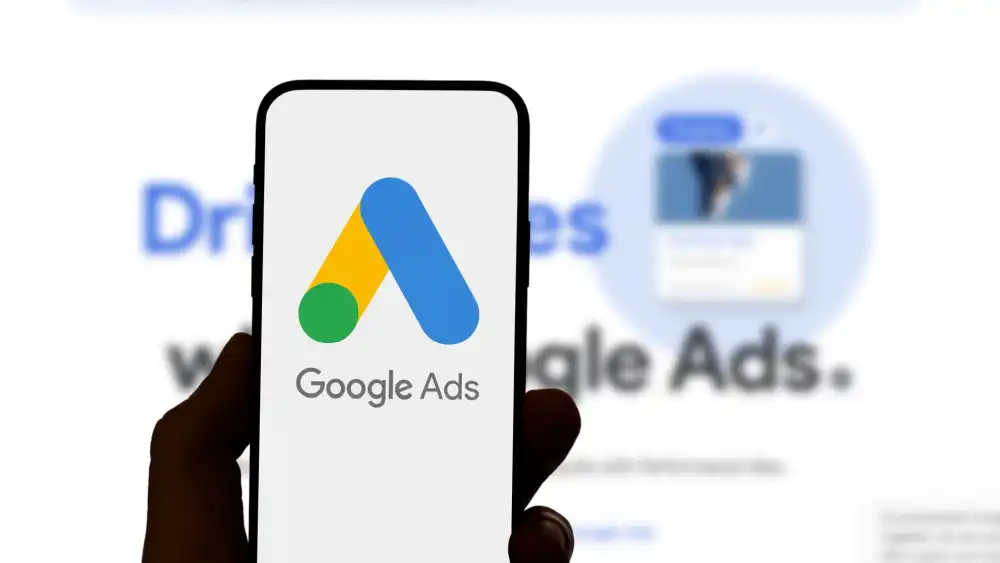The Hidden Risks of Google Ads’ New Investment Strategy Feature

Google Ads has released a new budgeting feature called Investment Strategy, designed to suggest how much additional weekly budget you should allocate and which campaigns should receive it. It promises quick forecasting, easy scenario modeling, and simple guidance for scaling. But while it looks helpful, the drawbacks are significant enough that advertisers should approach it with caution.
What the Tool Promises
Investment Strategy shows up when Google detects one or more campaigns “Limited by budget.” It lets you pick a growth goal (more clicks, more conversions, or more conversion value) and then suggests how much weekly budget you should increase to hit that target. It distributes these increases across eligible campaigns and even estimates performance improvements. It’s simple, fast, and looks authoritative. That’s the appeal. But here’s where the downsides begin…
The Core Issue: Projections Are Not Reality

Investment Strategy generates its recommendations using recent historical data and automated bidding simulations. It assumes that future performance will mirror the recent past and that your campaigns are structurally capable of scaling. This is rarely the case in real advertising environments. Competitor bidding can shift overnight, search demand can change suddenly, and landing pages or creatives can deteriorate in performance. If your campaigns have tracking gaps, inconsistent data, or weak structure, the projections become optimistic guesses rather than reliable forecasts.
Investment Strategy assumes two massive conditions are true:
- The future will behave like the recent past.
- Your campaigns are structurally capable of scaling.
It Only Works When Everything Else Is Already Correct
The feature is only accurate when campaigns are stable, well-optimized, and consistent. It needs clean conversion tracking, automated bidding, steady traffic patterns, and campaigns that are genuinely limited by budget rather than by targeting or performance issues. Many real-world accounts, especially smaller businesses, do not meet these ideal conditions.
If the underlying campaign is flawed, this tool simply encourages spending more on top of existing problems.
It Encourages Spending Instead of Fixing Issues

Investment Strategy frames increased budget as the primary solution for improving performance. But most struggling campaigns do not suffer from lack of spend. They suffer from low conversion rates, poor landing pages, mismatched targeting, ad fatigue, or unclear offers. Scaling budget in those conditions multiplies waste. The tool does not diagnose problems or surface underlying issues. It only provides ways to push more budget into the system, which can mislead inexperienced advertisers into overspending.
Perhaps the biggest risk is psychological: the tool pushes spend increases as the “solution” to hitting goals. But in many accounts, the real blockers are structural:
- Weak landing pages
- Low conversion rates
- Ad fatigue
- Poor targeting
- Missing audiences
- Misaligned search intent
- Poor offer quality
Short-Term Thinking Can Compromise Long-Term Strategy
Investment Strategy operates on weekly forecasting. It does not account for the broader realities of strategic advertising such as seasonality, evolving customer behavior, long conversion windows, or business growth planning. This short-term approach can cause advertisers to react week-to-week rather than build a stable quarter-by-quarter strategy. Focusing solely on near-term recommendations makes it easy to miss bigger structural opportunities and long-term market patterns.
It Creates a False Sense of Precision
The interface displays projections with confidence, often stating specific increases in conversions or value based on a certain budget increase. These estimates look precise, but they are not guarantees. The margin of error can be large, especially during periods of market volatility. Small businesses operating on tight budgets can be misled into thinking these numbers are definitive when they are really educated predictions that may or may not hold up under real auction pressure.
For example, the tool might claim:
“Add $500 this week → gain 12 additional conversions.”
But the margin of error can be large, and if the market shifts, your CPA could double without warning. The glossy UI makes the forecasts feel more scientific than they actually are. Businesses with tight budgets need to be cautious. Small miscalculations can create big financial consequences.
The Feature Is Not Even Available for All Campaigns
Investment Strategy only appears when specific conditions are met. Campaigns must be on automated bidding, must have clean conversion history, must not be in learning mode, and must have enough volume to allow modeling. If any of those conditions fail, the feature simply disappears. This inconsistency can make it unreliable as part of a regular optimization workflow.
When the Tool Can Be Useful
Investment Strategy is not entirely without value. In accounts where campaigns are already performing well, tracking is clean, and the only limitation is budget, the feature can help model small weekly increases. It can also serve as a useful communication tool for agencies that want to show clients a directional estimate for scaling efforts. But in these cases, the tool should be viewed as a supplement, not a source of truth.
Final Takeaway
Investment Strategy is convenient for short-term budgeting and can highlight quick wins for campaigns that are already healthy. But it is not a replacement for strategic planning, diagnostic work, or deep account optimization. Relying on it without context can lead to overspending, weak ROI, and false confidence in automated predictions. Its greatest weakness is that it focuses on spending more rather than improving the system that drives results. Used carefully, it can be helpful. Used blindly, it becomes an expensive shortcut that advertisers should avoid.
If you’re ready to move beyond automated guesses and build a Google Ads strategy that actually drives predictable growth, Host Much is here to help. We manage your campaigns with real oversight, real optimization, and a business-first approach that protects your budget while increasing your results. From tightening your tracking to reshaping your targeting and improving your landing pages, we handle every detail so your ad spend works harder for you. Visit HostMuch.com to schedule a free consultation and let us elevate your advertising with strategy, clarity, and confidence.
Investment Strategy FAQs
Answers to your
 Questions .
Questions .
Our team is ready to answer your Google Ads questions.



